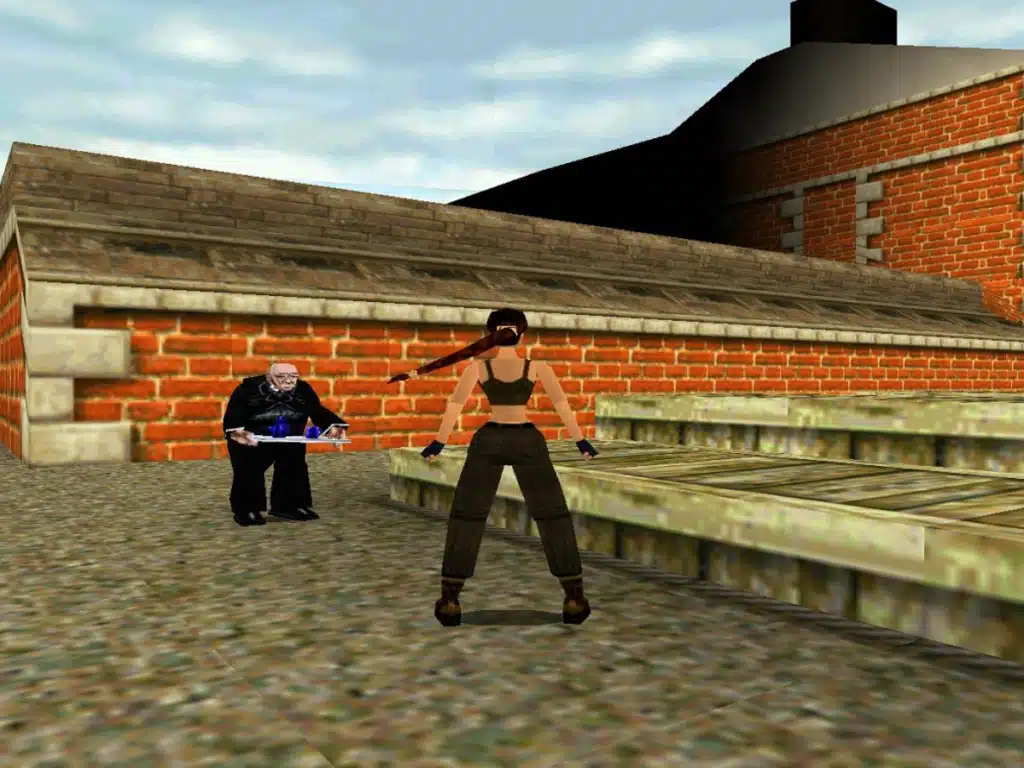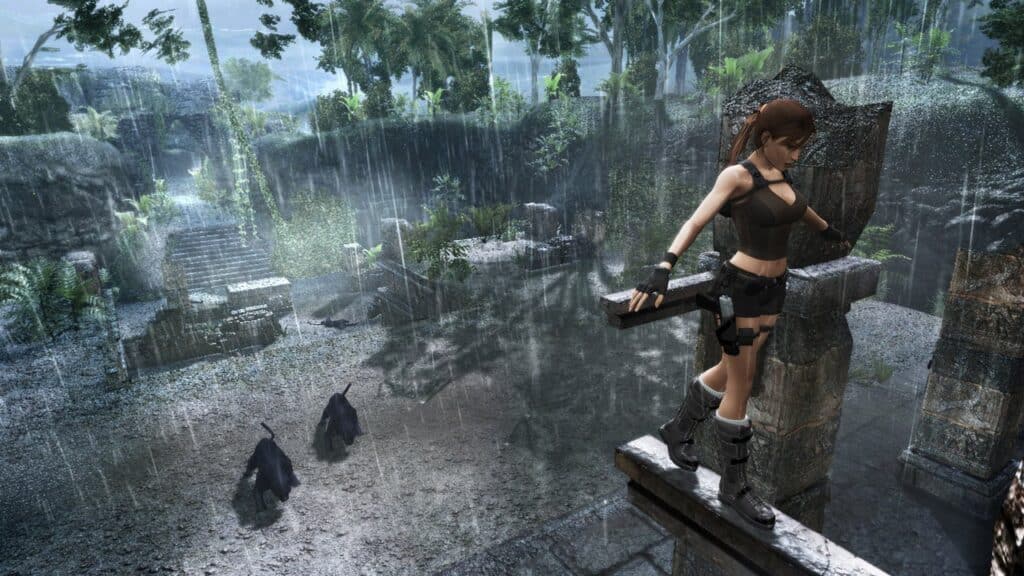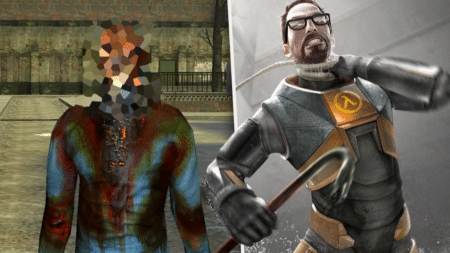Back in 1996, a video game was released that captured the hearts of gamers worldwide. Its main character was Lara Croft, a brave archaeologist who quickly became a cultural phenomenon. Tomb Raider, as it was called, has since undergone many transformations, both in gameplay and character development.
In this article, we’ll explore the evolution of the Tomb Raider franchise, from its origins to its current status as one of the most beloved gaming franchises ever created. So come with us on this journey and discover how Tomb Raider has managed to stay relevant after all these years.
Tomb Raider I,II, and III

In 1996, the first Tomb Raider was released, developed by Core Design, and published by Eidos Interactive. It was an instant hit and quickly sold over 7 million copies globally. What made the game so popular was its unique gameplay that combined puzzle-solving with action and exploration. However, it was the game’s protagonist, Lara Croft, who truly stole the show. With her iconic appearance, impressive acrobatic skills, and unyielding spirit, Lara became an overnight sensation in the gaming world.
Following the success of the first game, the subsequent Tomb Raider installments continued to captivate players with improved graphics and more challenging gameplay. The introduction of new weapons and enemies kept the experience fresh, while the inclusion of a backstory and personality gave Lara a more humanizing quality.
Despite these improvements, some critics raised concerns over the sexualization of Lara’s character design. Her physical features were emphasized over her skills and intelligence, leading to accusations of objectification. Nevertheless, the franchise continued to attract a devoted fanbase, eager to see where Lara’s adventures would take her next.
Tomb Raider IV,V, and VI
The fourth and fifth entries in the Tomb Raider series, The Last Revelation and Chronicles, were released in quick succession, introducing new gameplay mechanics and further improving the graphics. These installments also expanded on Lara’s character, delving deeper into her backstory and motivations. Along with familiar faces like Lara’s mentor, new characters such as her rival, Werner Von Croy, were introduced to add depth to the storyline.
The sixth game of the Tomb Raider franchise represented a significant shift in the series. Released for PlayStation 2, it boasted more realistic graphics and physics, as well as a renewed emphasis on puzzle-solving and stealth mechanics. However, the game suffered from several technical issues, including clunky controls and problematic camera angles. Additionally, the convoluted plot and uninspiring characters were a letdown for fans who had grown to expect a more engaging narrative from the series.
Tomb Raider VII, VIII, and IX

Tomb Raider’s seventh installment marked a turning point for the franchise, as Crystal Dynamics took the reins from Core Design. The game’s reboot introduced a new game engine and mechanics, along with stunning graphics and more open-ended levels, offering players a greater sense of freedom.
Lara Croft was also given a fresh new backstory and a more nuanced personality, fleshing out her character and making her more relatable. The game’s narrative was enriched with new characters, such as Zip, Lara’s supportive friend, and Amanda Evert, her cunning adversary. The seventh installment breathed new life into the franchise, propelling it to new heights of popularity.

Tomb Raider: Underworld, the eighth installment in the franchise, was released in 2008 and continued the storyline from Legend. In this game, Lara sets out on a quest to discover more about her mother’s disappearance, searching for artifacts in various locations around the world. The gameplay remained similar to Legend but with significant improvements in areas such as combat and puzzle-solving. Underworld also offered more character development, with a focus on Lara’s family history and relationships. New characters, including Lara’s doppelganger and the Norse god Thor, were introduced to the game’s storyline.
The Final Trilogy
1. Tomb Raider (2013)
Tomb Raider (2013) was a significant departure from the previous installments of the franchise. The game introduced a darker and grittier tone, with the focus shifting towards survival rather than pure adventure. Set on a remote island, the game featured open-world exploration, stealth, and intense combat sequences.
However, what truly set the game apart was the character development of Lara Croft. In this reboot, Lara is portrayed as a young, inexperienced adventurer who is forced to confront her fears and vulnerabilities in order to survive. The game explores Lara’s emotional journey as she transforms from a frightened victim to a fierce survivor, capable of taking on any challenge.
2. Rise of the Tomb Raider
Rise of the Tomb Raider expanded upon the foundations of the previous game, delivering a thrilling adventure full of exploration, puzzles, and action. The game’s story was more focused than its predecessor, following Lara on a quest to uncover the mysteries of the lost city of Kitezh. The game also featured stunning visuals and improved gameplay mechanics, including new abilities and weapons.
In terms of character development, Lara’s growth continued as she faced new obstacles and challenges, both physical and emotional. The game also introduced new allies and enemies, with Jacob, a mysterious figure from Lara’s past, playing a pivotal role in the story. The game’s villainous organization, Trinity, added a layer of intrigue and danger to the narrative as Lara fought to uncover their plans and stop them from achieving their sinister goals.
3. Shadow of the Tomb Raider
Shadow of the Tomb Raider, the ultimate chapter of the reboot trilogy, hit the shelves in 2018. In this game, players accompanied Lara on her quest to prevent a Mayan apocalypse. Although the gameplay was similar to its predecessors, the developers made improvements in areas such as stealth and exploration, making the experience feel fresh and exciting.
Lara’s character development in Shadow of the Tomb Raider was a culmination of her journey throughout the trilogy. She faced the consequences of her actions and, as a result, learned to accept her role as a protector of the world. Her relationships with other characters, such as her friend Jonah, also became more nuanced and complex. Meanwhile, the introduction of the villainous Dominguez added an intriguing layer of mystery to the story.
The Takeaway

The Tomb Raider franchise has leveled up like a boss since its initial release in 1996. From blocky graphics to immersive worlds, from a pixelated protagonist to a complex and relatable character, and from linear levels to open-world exploration, the franchise has gone through a full-blown evolution.
But let’s get real; it’s all about the one and only Lara Croft! She’s come a long way from being just a hot piece of pixels. Lara’s now a fully fleshed-out character with her own strengths, weaknesses, and motives. She’s the queen of exploration and an inspiration to gamers everywhere. She’s also a symbol of female empowerment in the gaming world, which is pretty badass if you ask me.










